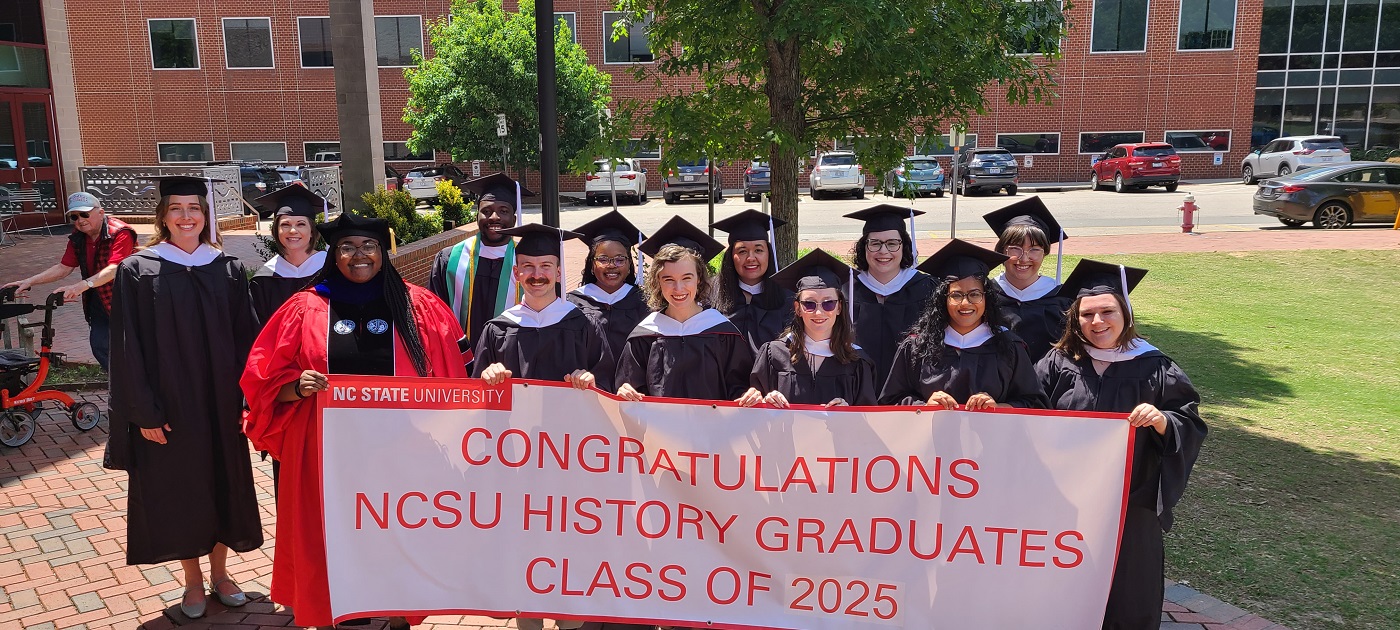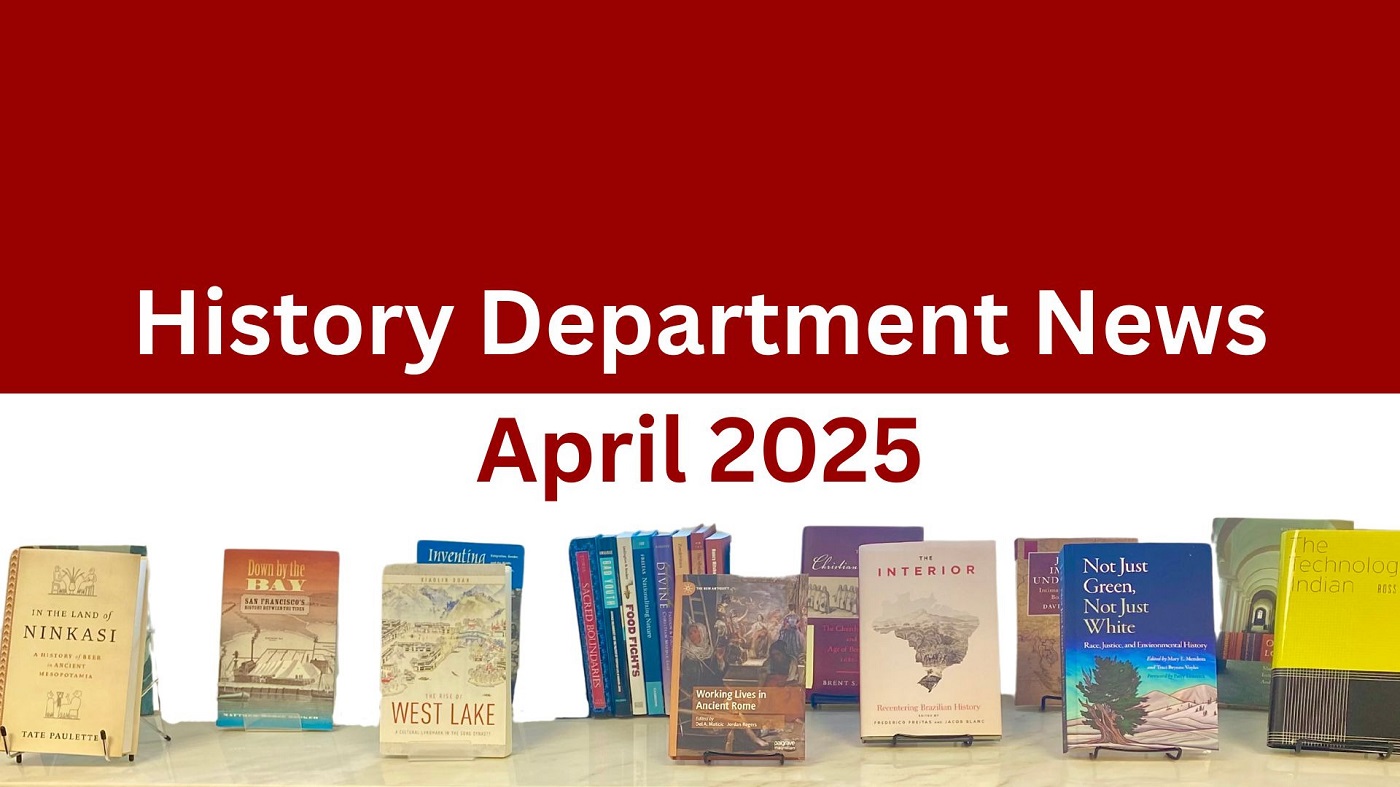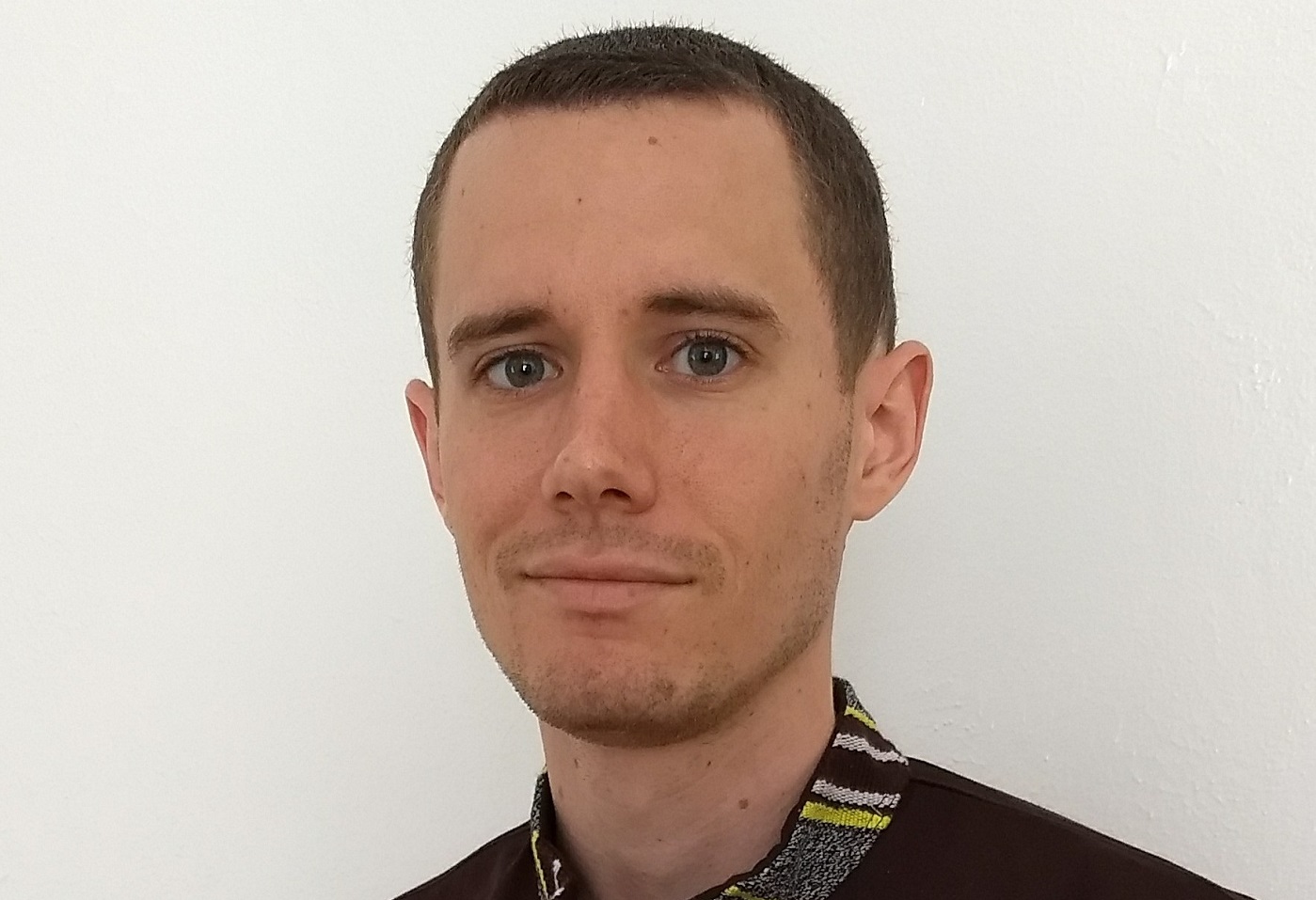NC State Students Excavate Prehistoric Settlement in Cyprus
In May and June of 2018, a group of 15 NC State undergraduates traveled to the island of Cyprus in the eastern Mediterranean to take part in an archaeological field school. Directed by NC State faculty Dr. Kathryn Grossman (Sociology and Anthropology) and Dr. Tate Paulette (History), this new study abroad program provides students with in-depth, hands-on training in archaeological field methods within the context of the Makounta-Voules Archaeological Project (MVAP).
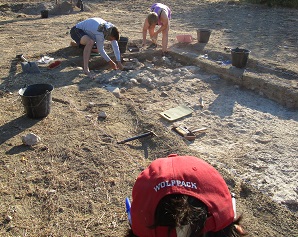
Over the past 10,000 years, the island of Cyprus has witnessed a series of major social, political, economic, and cultural transformations, passing through periods of relative isolation and periods of intense interaction with the broader Mediterranean and Middle Eastern worlds. These developments have left behind a rich archaeological and historical record. The Makounta-Voules Archaeological Project is exploring this record through excavations in northwestern Cyprus at the prehistoric settlement of Makounta-Voules, occupied during the Chalcolithic period, Early Bronze Age, and Middle Bronze Age. The project is investigating the evolving relationship between local traditions of craft production (ceramics, metallurgy, chipped and ground stone tools, picrolite figurines, woodworking), household economies, community organization, and interaction with other communities in Cyprus and beyond.
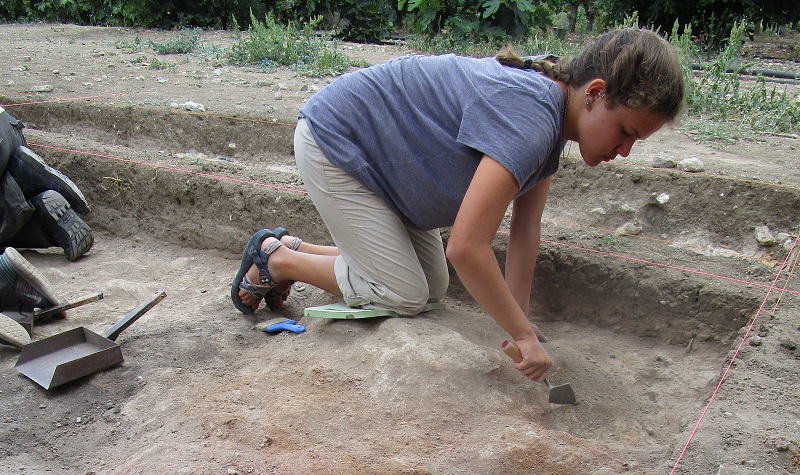
As an archaeological field school, the Makounta-Voules Archaeological Project embraces the NC State motto: Think and Do. Students are learning to collect, record, analyze, and interpret archaeological data by participating directly in all aspects of the research project – waking up at (actually, before) the crack of dawn to log long hours excavating in the trenches and then returning to the lab to clean, catalog, and, when possible, reconstruct ancient artifacts.
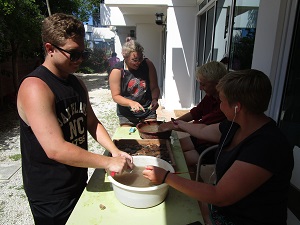
In addition to this demanding work schedule, students are attending two lectures each week to learn about the archaeology and history of Cyprus, as well as a broad range of archaeological research methods. One day of each week is dedicated to field trips. This year, students and staff have visited two museums, a nature park housing a herd of mouflon (a type of wild sheep unique to Cyprus), an academic conference at the Cyprus American Archaeological Research Institute, and 15 archaeological and historical sites (ranging in date from the early Neolithic through the Ottoman period), including the UNESCO World Heritage Sites of Khirokitia, Paphos, and the Painted Churches of the Troodos. Fortunately, the town of Polis Chrysochous, where the team lives and works, sits right on the Mediterranean coast and offers a series of beautiful beaches where students and staff can relax after a hard day in the field.
- Categories:
